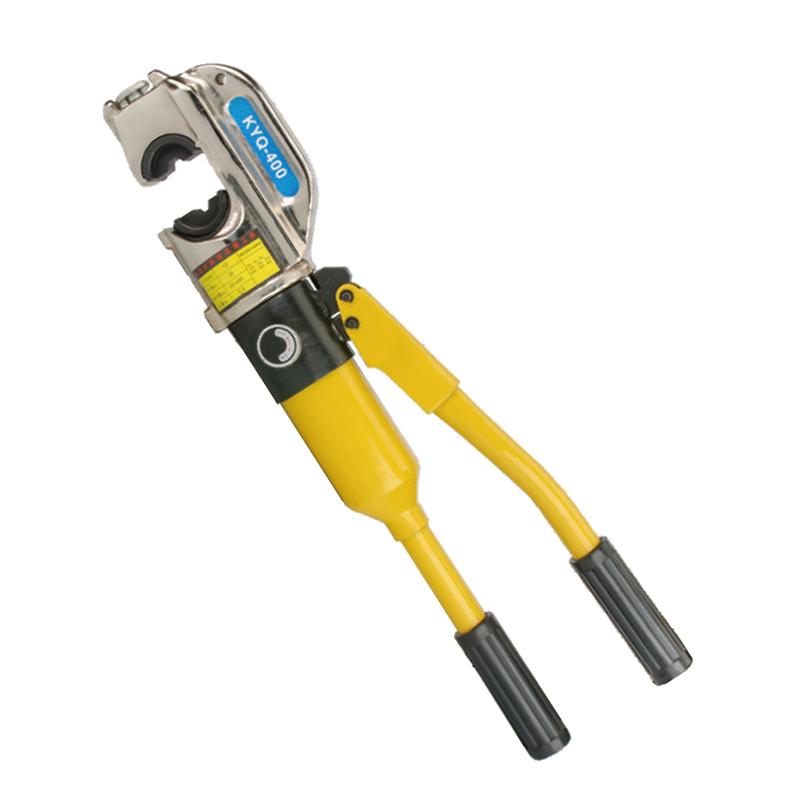Hydraulic crimping tools operate on fundamental fluid power principles to generate substantial compressive force for creating reliable electrical and mechanical connections. These tools convert relatively small manual input into tremendous output force through a closed hydraulic system. When the operator pumps the handle, it pushes hydraulic fluid from a reservoir into a pressure chamber, forcing a piston to move downward with amplified power. This piston drives precisely machined dies that deform metal connectors around conductors, forming permanent, gas-tight joints.
The hydraulic system provides several advantages over mechanical alternatives. First, it distributes force evenly throughout the crimping cycle, ensuring uniform compression without weak spots. Second, the fluid transmission allows for smooth operation without sudden jerks or vibrations that could damage delicate components. Third, the system's pressure can be precisely calibrated to match specific connector and conductor requirements, from fine control for small gauge wires to tremendous force for heavy cables.
Modern hydraulic crimping tools incorporate several key components: the pump mechanism that builds pressure, the cylinder where force multiplication occurs, interchangeable dies that shape the crimp, and safety features like pressure relief valves. Advanced models may include digital pressure gauges, ergonomic handles, and quick-change die systems. The hydraulic fluid itself is specially formulated to maintain consistent viscosity across temperature variations while resisting contamination and degradation.
Proper maintenance ensures long service life for hydraulic crimping tools. Regular inspection of seals and O-rings prevents fluid leaks, while periodic replacement of hydraulic fluid maintains optimal performance. Dies should be cleaned after each use to prevent material buildup, and the entire tool should be stored in a clean, dry environment when not in use. Many professional-grade hydraulic crimping tools feature self-lubricating systems and corrosion-resistant materials for durability in harsh working conditions.
The applications for hydraulic crimping tools span numerous industries. Electrical contractors use them for power distribution installations, where they create reliable connections in service entrance cables and panel boards. Telecommunications technicians employ them for network infrastructure, particularly for coaxial and fiber optic terminations. Industrial maintenance teams rely on hydraulic crimping tools for equipment repairs and upgrades, where space constraints often make other connection methods impractical.
